The 15th Kyoto Student Festival Pre-Event No. 2!
Held at Kyoto Station Building & Porta on Sunday, August 27th!
Click here ↓ to see the leaflet
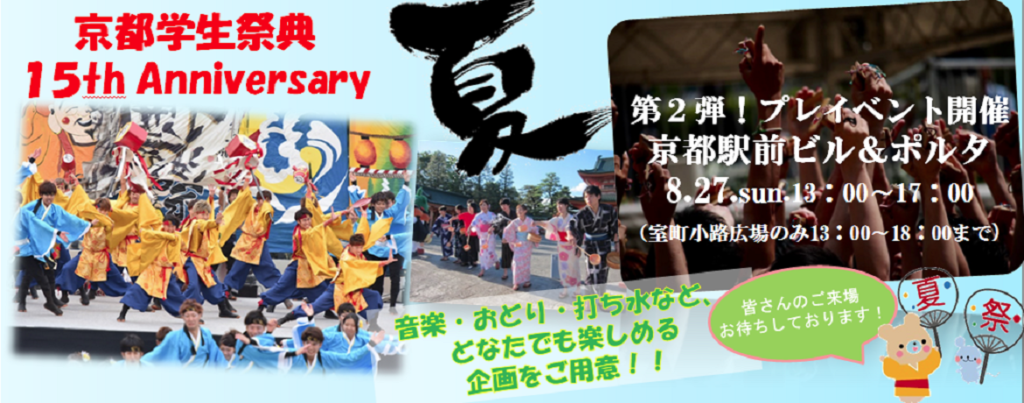
The 15th Kyoto Student Festival will be held on Sunday, August 27 at the Kyoto Student Festival 15th Anniversary Festa in Kyoto Station Building & Porta.
With the decision to fully relocate the Agency for Cultural Affairs to Kyoto, the Kyoto Student Festival Executive Committee hopes to revitalize Kyoto by encouraging the younger generation to learn about Kyoto’s culture in their daily activities, incorporating it into their plans with a student-like interpretation, and widely disseminating Kyoto’s student culture at events.
The Kyoto Station Building and the underground shopping mall Porta in front of Kyoto Station are visited not only by people living in Kyoto, but also by many people from other prefectures and even overseas. By disseminating the “charm of Kyoto culture” and “the charm of student culture” in such a place, we will promote the Kyoto Student Festival scheduled to be held on October 8.
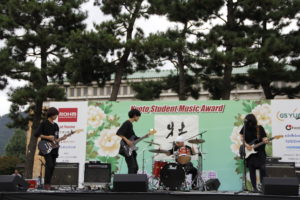
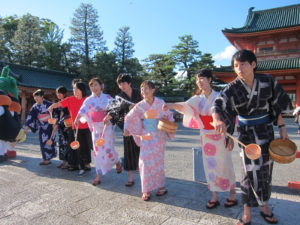
Kyo flame, which is usually difficult to see up close, Sodetouch! The “Sodefure Collection” where you can see the costumes, the “Uchimizu Project” that will make you forget the summer heat, the high-level music contest “Kyoto Student Music Award”, and collect stamps from each venue to get gifts! At the three venues of Kyoto Station Square, Muromachikoji Plaza, and Porta Plaza, such as the “Stamp Rally” that can be held, Mr./Ms. has a lot of project contents filled with the charm of students and Kyoto that can be enjoyed by everyone from small children to adults in the summer heat.
The students of the executive committee are also looking forward to seeing you, so please come to the venue.
Outline of the event
Kyoto Student Festival 15th Anniversary Festa in Kyoto Station Building & Porta
|
Date & Time |
Sunday, August 27, 2017, 13:00-17:00 (*Muromachi Koji Square 13:00-18:00) |
|
Place: |
Kyoto Station Building, Station Square, Muromachikoji Square, Porta Plaza |
|
Entrance Fees |
free |
|
Organizer |
|
|
Special Cooperation |
Kyoto Station Building Development Co., Ltd. Kyoto Station Underground Shopping Mall Porta |
|
Co-organizers |
Kyoto Student Festival Organizing Committee (Kyoto Prefecture / Kyoto City / Kyoto Chamber of Commerce and Industry / Kyoto Association of Corporate Executives / University Consortium Kyoto) |
【Implementation Report】Click here for the first phase of the 15th Kyoto Student Festival Anniversary Festa
Activities

If you would like to know more about the Kyoto Student Festival, check out this site!
Contact us
Kyoto Student Festival Executive Committee
〒600-8216 Shimogyo-ku, Kyoto-shi, Nishitoin-dori, Shiokoji, Shimoru Campus Plaza Kyoto (closed on Mondays)
Tel:075-353-9432 Fax:075-353-9431
E-mail: saiten14th-ml■consortium.or.jp (Please replace ■ with @)
Kyoto Student Festival Official Website: http://www.kyoto-gakuseisaiten.com/















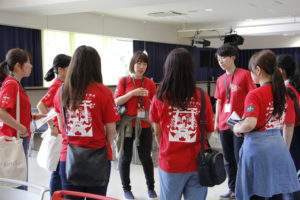
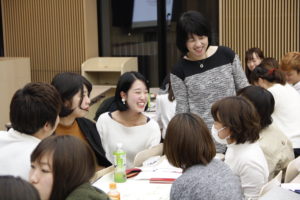
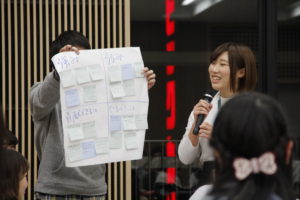
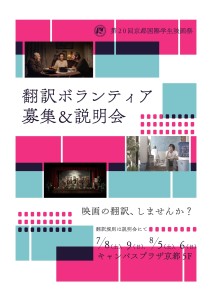
![s-2011070322545017903[1]](https://www.consortium.or.jp/wp-content/uploads/kif/20102/s-20110703225450179031.jpg)
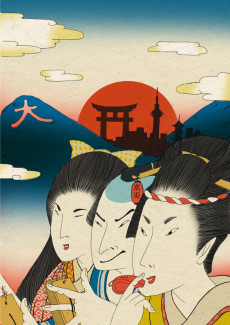
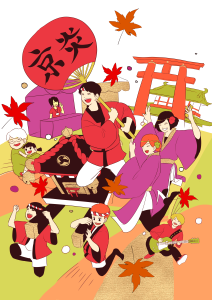
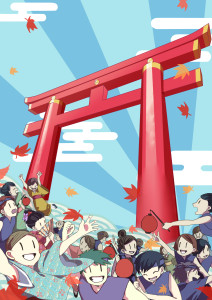
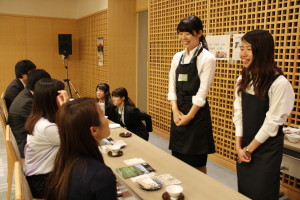
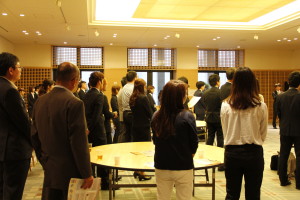
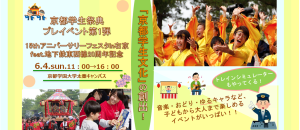
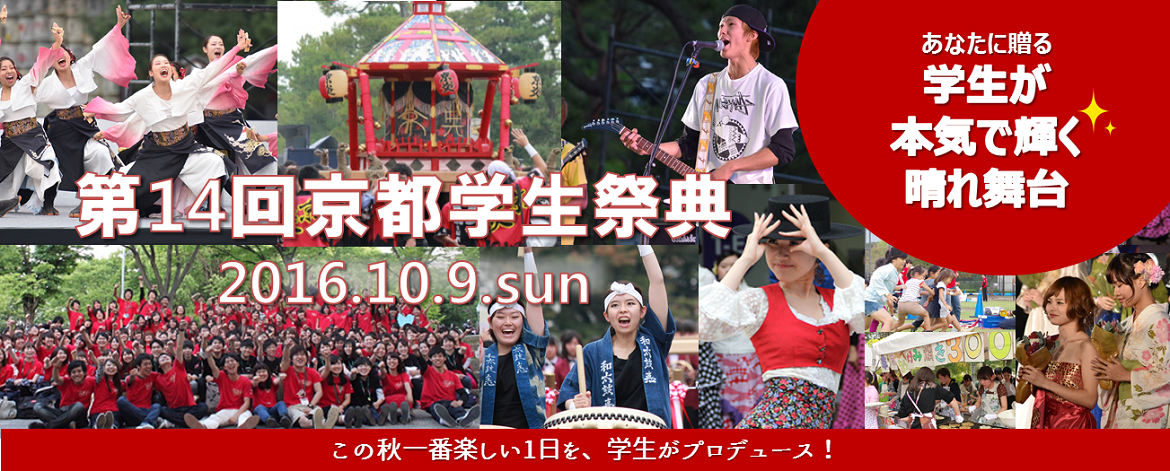


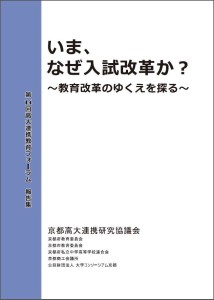
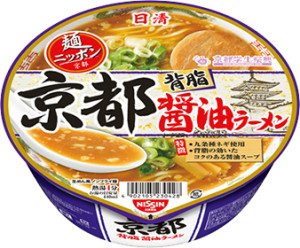 Supervised by the Kyoto Student Festival Executive Committee, Nissin Foods Co., Ltd.’s Nissin Noodle Nippon series “Kyoto Back Fat Soy Sauce Ramen” has been on sale nationwide since Monday, February 27.
Supervised by the Kyoto Student Festival Executive Committee, Nissin Foods Co., Ltd.’s Nissin Noodle Nippon series “Kyoto Back Fat Soy Sauce Ramen” has been on sale nationwide since Monday, February 27.


